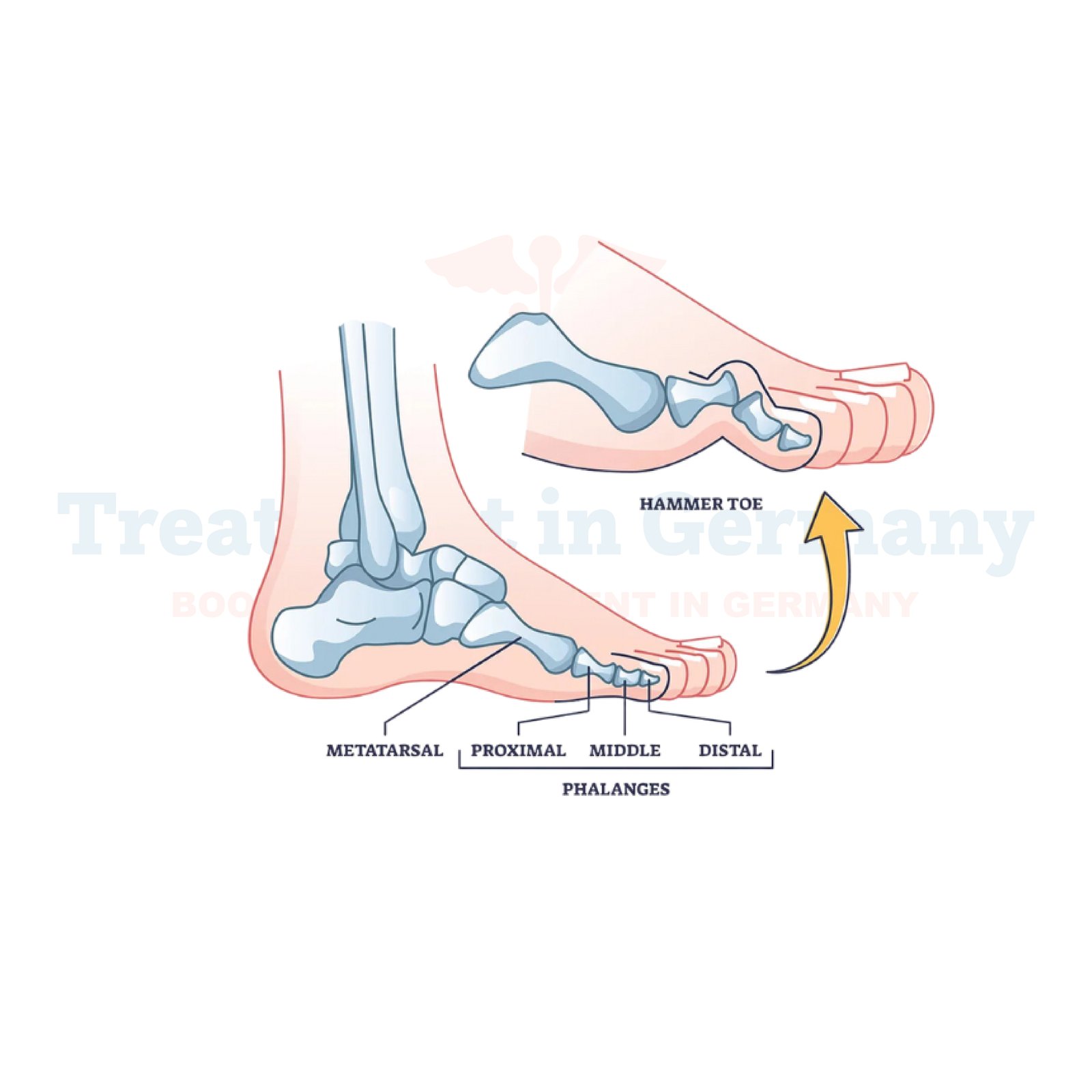What is Hammertoes?
Hammertoes is a foot deformity that affects the joints of the toes, causing them to bend abnormally. This condition typically affects the second, third, or fourth toe, but it can occur in any toe.
Hammertoes often result from an imbalance in the muscles, tendons, or ligaments that normally keep the toe straight. Over time, this imbalance causes the affected toe to bend downward at the middle joint, resembling a hammer or claw.
Side Effects of Hammertoes
Hammertoes can cause a variety of symptoms, including pain, discomfort, and difficulty wearing shoes. The abnormal bending of the toe can lead to corns or calluses on the top of the toe, as well as on the ball of the foot. In severe cases, hammertoes can also cause difficulty walking and lead to other foot problems, such as bunions or metatarsalgia.
How is Hammertoes Diagnosed?
Diagnosing Hammertoes typically involves a physical examination by a healthcare professional. During the examination, the doctor will assess the alignment of your toes and look for any signs of deformity.
They may also ask about your symptoms and medical history to help make an accurate diagnosis. In some cases, additional tests such as X-rays may be ordered to evaluate the severity of the deformity and rule out other potential causes of your symptoms.
Potential Treatments of Hammertoes
Treatment for hammertoes depends on the severity of the condition and the symptoms you are experiencing. In mild cases, conservative measures such as wearing supportive shoes with a roomy toe box and using orthotic inserts may help alleviate discomfort and prevent the deformity from worsening. Additionally, exercises to stretch and strengthen the muscles of the foot may be recommended.
👉 Contact us for further information and receive acomplimentary consultation.

.webp)
.webp)
 (1).webp)
 (1).webp)


.webp)
.webp)
 (1).webp)
 (1).webp)

